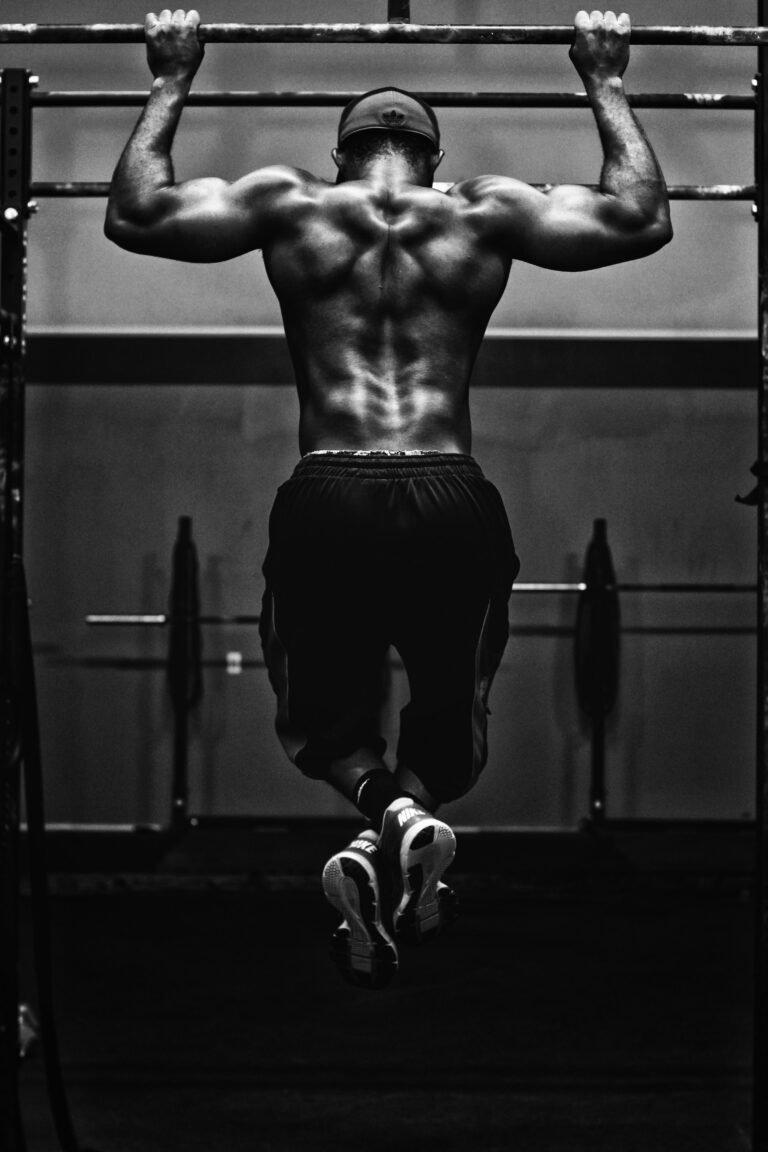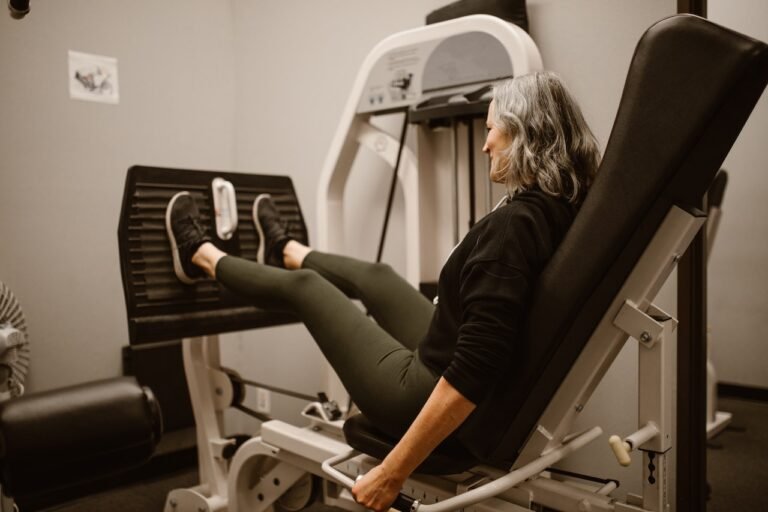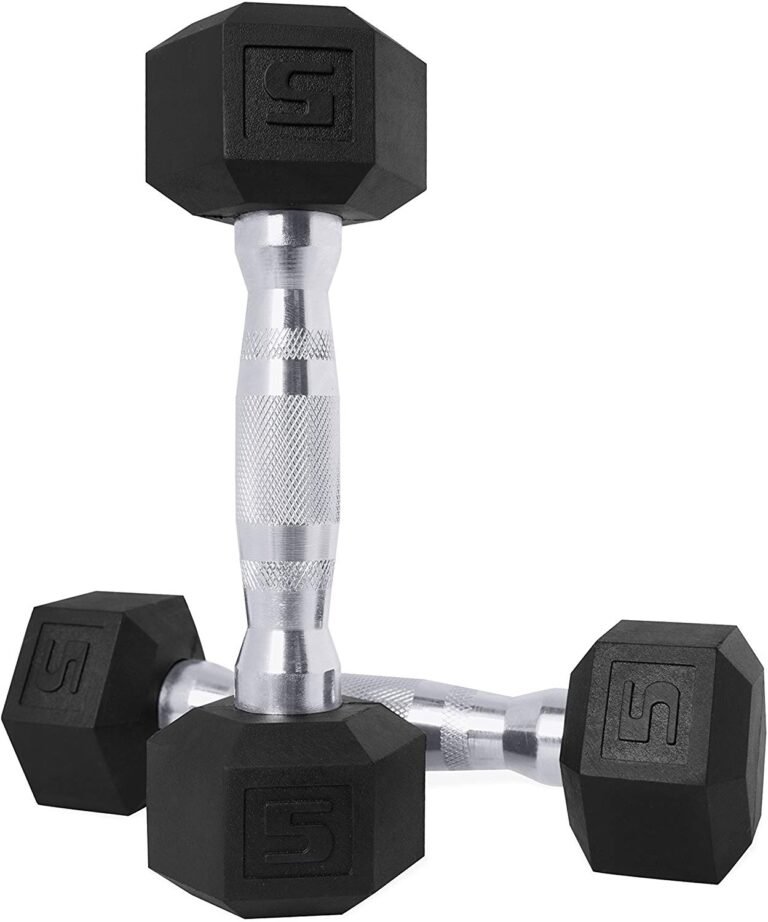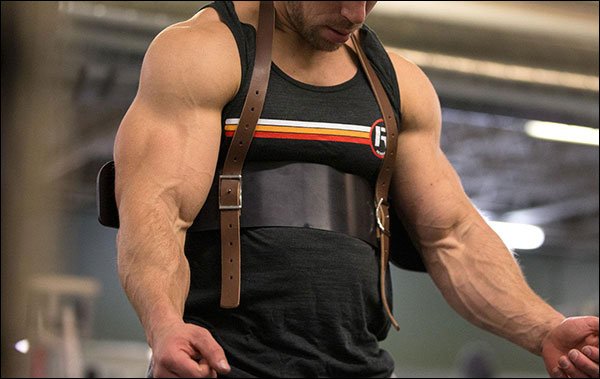Parallel Bar Fitness: Advanced Techniques and Benefits for Every Athlete
The parallel bar, often associated with gymnastics, has found its place in fitness centers and home gyms worldwide. As a fitness tool, it offers a unique blend of strength training and bodyweight exercises. But how does a beginner start on this versatile equipment? Let’s delve in.
10 Parallel Bar Workouts for Enhanced Upper Body Strength
Embarking on your fitness journey with the parallel bar? Here are ten exercises to build upper body strength:
- Basic Dips: A foundation exercise, dips target the triceps, chest, and shoulders.
- L-sits: This requires you to hold your legs parallel to the ground, engaging the core and triceps.
- Tucked Planche: Holding your body above the bars with legs tucked, this move is an excellent precursor to more advanced planche variations.
- Parallel Bar Hand Walks: Walking hand over hand, this challenges your coordination and shoulder strength.
- Skin-the-Cat: A controlled rotation backward, it stretches and strengthens the upper body.
- Swing to Support: Swing forward and lift yourself to a supported position. This move combines momentum with strength.
- Leg Raises: Hanging from the bars, raise your legs for an added core challenge.
- Straddle Planche: With legs open wide, this move requires balance and immense core and shoulder strength.
- Jump to Support: From the ground, jump and catch yourself in a supported position.
- Bent Arm Hold: Maintain a 90-degree arm bend, engaging the biceps and shoulders.

The Benefits of Parallel Bar Training for Core Stability
Interestingly, while many view the parallel bar as primarily an upper-body tool, it offers unparalleled core training. The act of stabilizing oneself on the bars forces the activation of the core muscles. Additionally, exercises like L-sits, leg raises, and planches provide direct core engagement, enhancing stability and balance.
Parallel Bar vs. Pull-Up Bar: Which is Better for You?
Comparing the parallel bar to the pull-up bar is akin to comparing apples to oranges; both have their merits. While pull-up bars predominantly focus on the back and biceps, the parallel bar offers more diverse workouts, ranging from upper body to core. Your choice should reflect your fitness goals. If you aim for a comprehensive upper body workout with a core focus, the parallel bar might edge ahead.
Achieving Perfect Form: Parallel Bar Dips and Beyond
Perfecting form is crucial. For parallel bar dips, ensure your elbows don’t flare out and descend until your arms reach a 90-degree angle. Engage the core, keep the body tight, and avoid using momentum. As with all exercises, quality trumps quantity. It’s more beneficial to perform fewer reps with impeccable form.
Progressions and Regressions: Modifying Parallel Bar Exercises
Every fitness journey is unique. While some may find certain moves easy, others might struggle. Fortunately, the parallel bar is versatile. For those finding dips challenging, using resistance bands for assistance or performing bench dips can be effective regressions. On the flip side, adding weights or incorporating isometric holds can intensify the challenge for advanced users.
Safety First: Avoiding Injuries on the Parallel Bar
The parallel bar is a versatile piece of fitness equipment, but like all workout tools, safety is paramount. Before diving into challenging moves, it’s essential to understand the bar’s capabilities and one’s own physical limitations. Avoiding overstretching, ensuring proper hand grip, and maintaining controlled motion can go a long way in preventing strains and sprains. Moreover, always ensuring that the parallel bar is sturdy and securely placed can prevent falls and other mishaps.
Incorporating Parallel Bar Routines into Your Weekly Workouts
Now that you’re aware of safety precautions, you might wonder how to fit the parallel bar into your fitness routine. Luckily, the parallel bar is suitable for both beginners and advanced athletes. Starting with basic dips or static holds can be effective for novices. As you grow in strength and confidence, you can transition into more advanced exercises or even combine them with other workouts. For instance, after a cardio session, the bar can be a great tool for strength training, ensuring a well-rounded fitness routine.
Why Every Fitness Enthusiast Should Embrace the Parallel Bar
So, why is there so much emphasis on the parallel bar? Beyond the variety of exercises it offers, the bar targets multiple muscle groups simultaneously. From your triceps and chest to your core muscles, the parallel bar provides a full-body workout. Additionally, it aids in improving balance and body coordination, which are crucial for overall physical agility. Given its myriad benefits, it’s no wonder that the parallel bar is becoming a staple in many fitness enthusiasts’ regimens.

From Gymnastics to Fitness: The Evolution of Parallel Bar Exercises
Historically, the parallel bar was synonymous with gymnastics. Gymnasts would perform gravity-defying feats, showcasing their strength and agility. Over time, fitness professionals recognized the potential benefits of these bars for the average individual. Hence, the transition from gymnastics to general fitness was born. Nowadays, you don’t need to be an Olympic athlete to reap the rewards. With proper guidance and consistent practice, anyone can harness the power of the parallel bar in their fitness journey.
5 Mistakes to Avoid When Starting with Parallel Bar Training
- Overexertion: Just because you can do a certain number of reps doesn’t mean you should. Start slow and listen to your body.
- Neglecting Warm-Ups: Warm-ups increase blood flow and prepare your muscles. Skipping this step can lead to injuries.
- Improper Hand Placement: Your grip on the bar should be firm but not strained. Incorrect hand placement can lead to wrist pain.
- Using Momentum: Instead of using momentum to carry you through motions, focus on controlled, deliberate movements to engage the right muscles effectively.
- Not Seeking Guidance: Whether it’s an online tutorial or a fitness trainer, getting proper instructions when starting out can be immensely beneficial.
Advanced Parallel Bar Techniques for the Seasoned Athlete
For those who’ve been honing their fitness skills for some time, it might be tempting to think that the parallel bar offers limited challenges. Think again. Advanced techniques, such as the planche or front and back levers, demand not only strength but also a refined sense of balance and body awareness. These exercises engage multiple muscle groups, providing a comprehensive workout. Furthermore, progressing to more complex moves like the 360-degree spin can add flair to your routine, showcasing not just strength but agility too.
Discover the Magic of Isometric Holds on the Parallel Bar
Isometric holds are exercises where you maintain a static position for a certain duration. On the parallel bar, this might look like holding oneself in a tuck or L-sit. But what’s so magical about them? Firstly, they demand incredible muscle control. Holding these positions on the parallel bar engages stabilizing muscles, making them excellent for core strengthening. Secondly, they challenge mental fortitude. It’s not just about physical strength; it’s a mind game of pushing through when every muscle fiber screams to let go.
Designing a Home Gym? Why the Parallel Bar is a Must-Have!
As we transition into an era where home workouts are becoming increasingly popular, designing the perfect home gym is on many fitness enthusiasts’ minds. Among the plethora of equipment choices, the parallel bar should be high on your list. Why? Because of its compact design, versatility, and the range of exercises it supports. From strength training to flexibility workouts, this single piece of equipment can cater to a myriad of fitness goals. Moreover, it’s suitable for all levels, from beginners just starting their journey to seasoned athletes looking to refine their skills.
Boosting Flexibility and Mobility with Parallel Bar Stretches
While often associated with strength exercises, the parallel bar is also a fantastic tool for enhancing flexibility and mobility. Simple stretches, like the support hold shoulder stretch, can aid in opening up the chest and improving shoulder flexibility. Similarly, hanging leg raises or even passive hangs can benefit the spine and hip flexors. Incorporating these stretches into your routine not only boosts flexibility but also aids in recovery and reduces the risk of injuries.
Parallel Bar Challenges: Test Your Strength and Endurance
Lastly, for those looking for a real test, setting up challenges on the parallel bar can be a thrilling experience. Time-based challenges, such as how long one can maintain a support hold or an L-sit, can be a test of endurance. Alternatively, setting repetition goals for exercises like dips or swings can be a true test of strength. Sharing these challenges with friends or within a community can foster a sense of camaraderie, spurring everyone on to greater heights.







